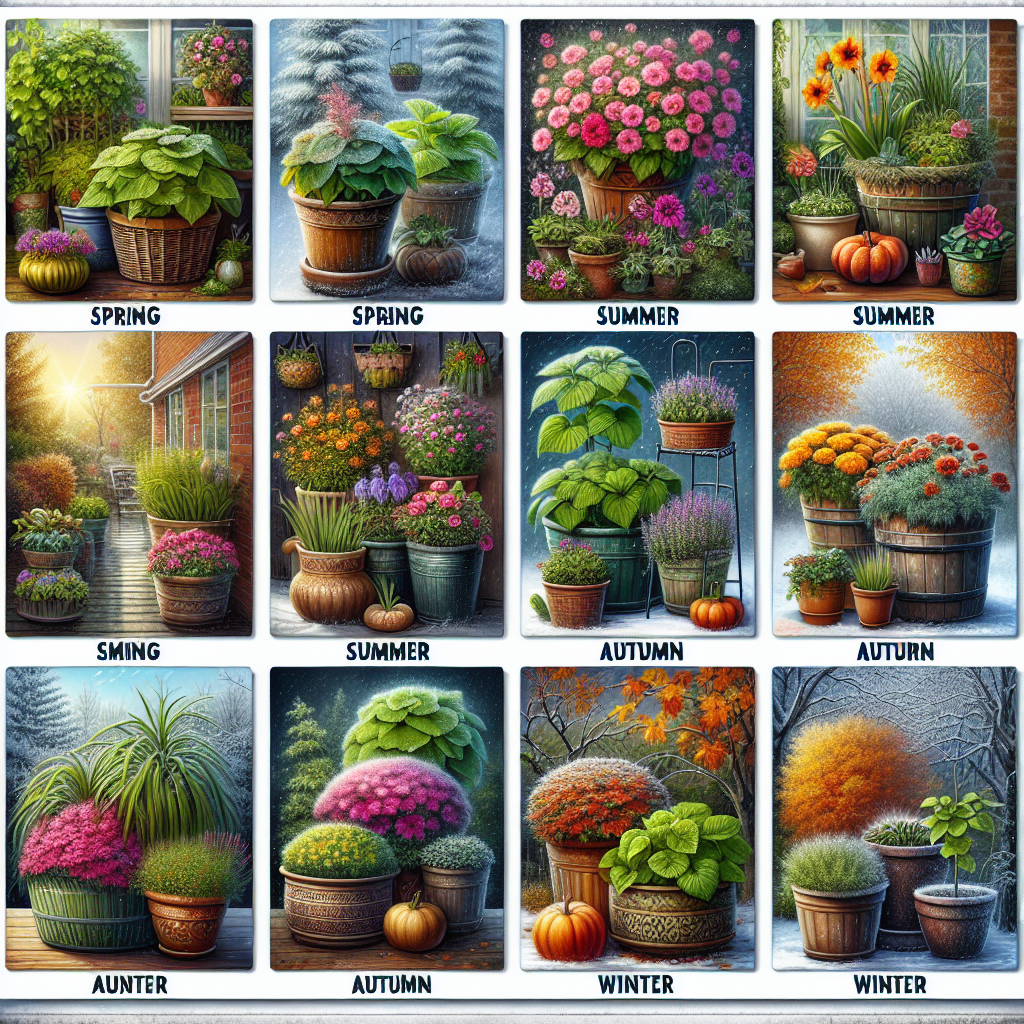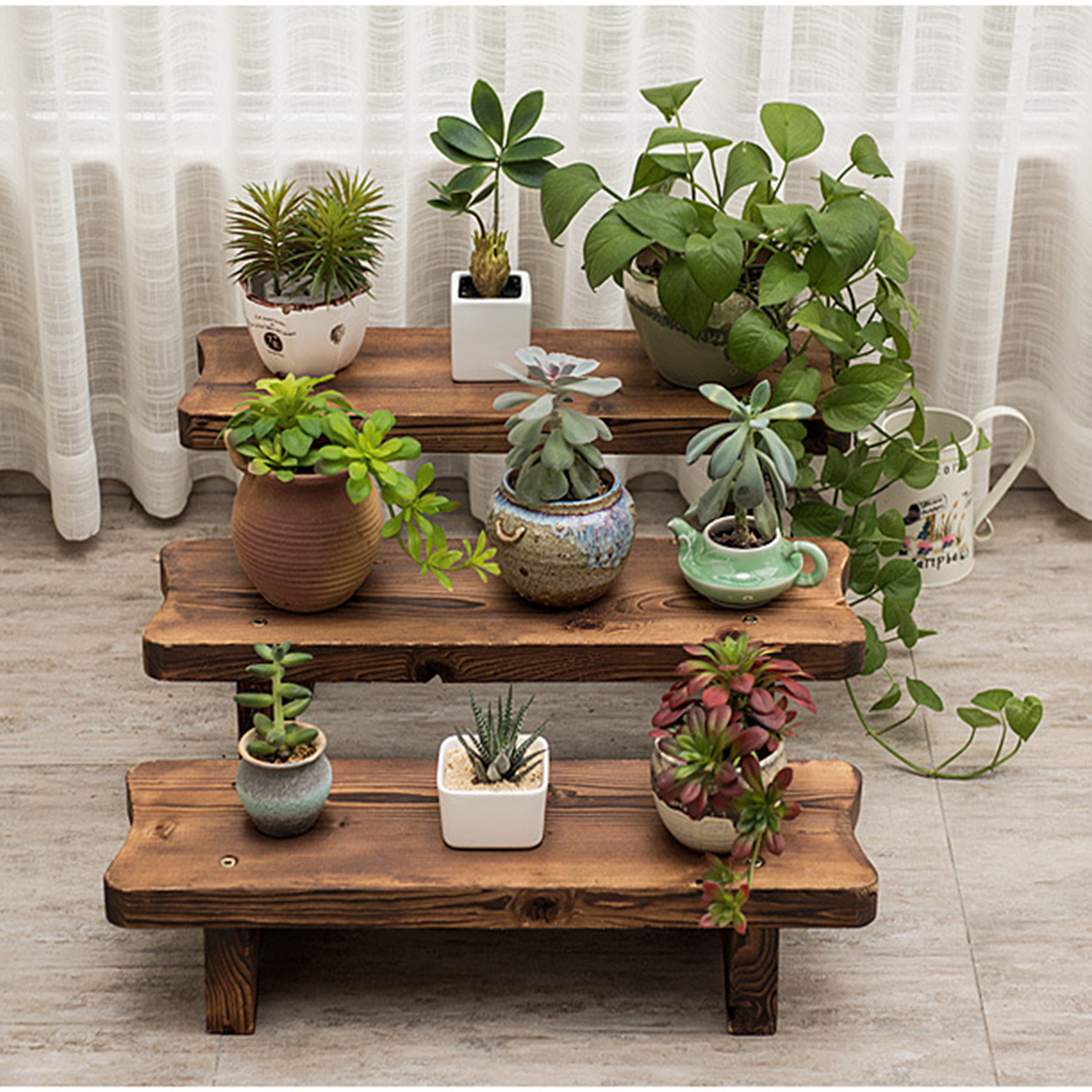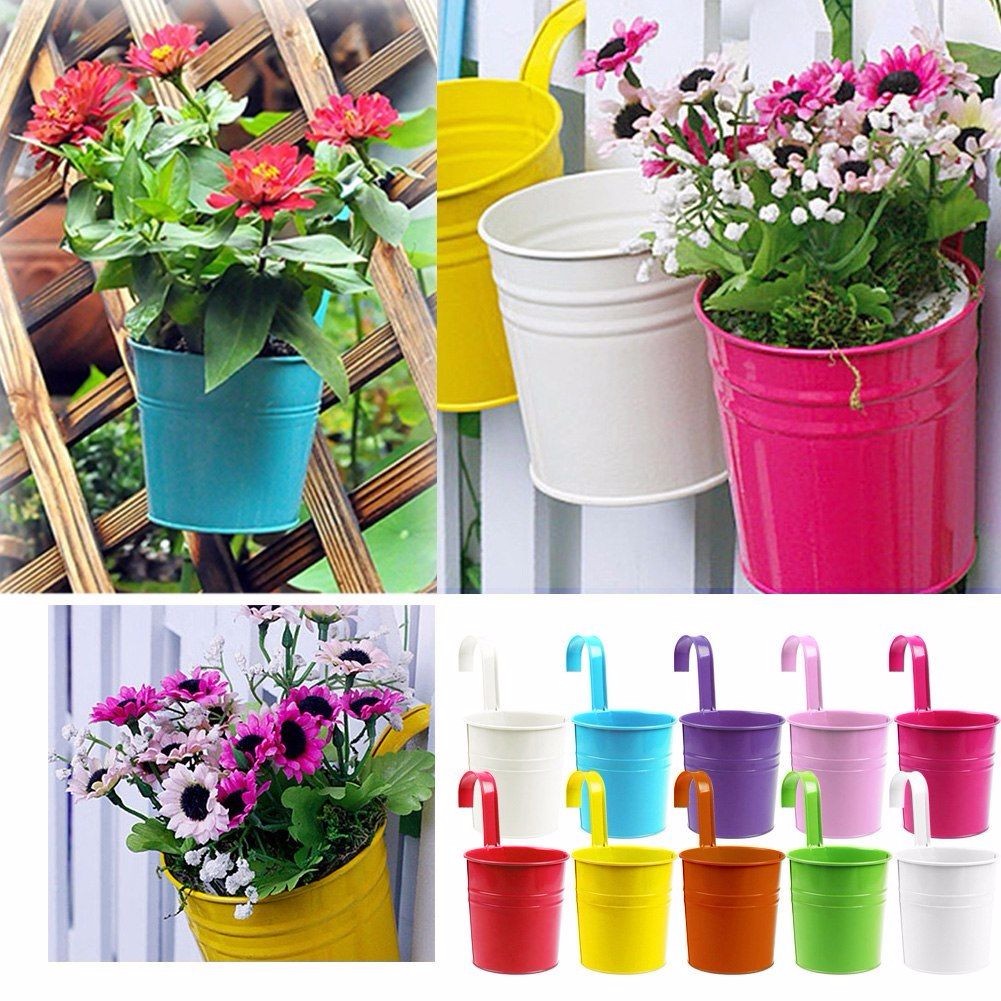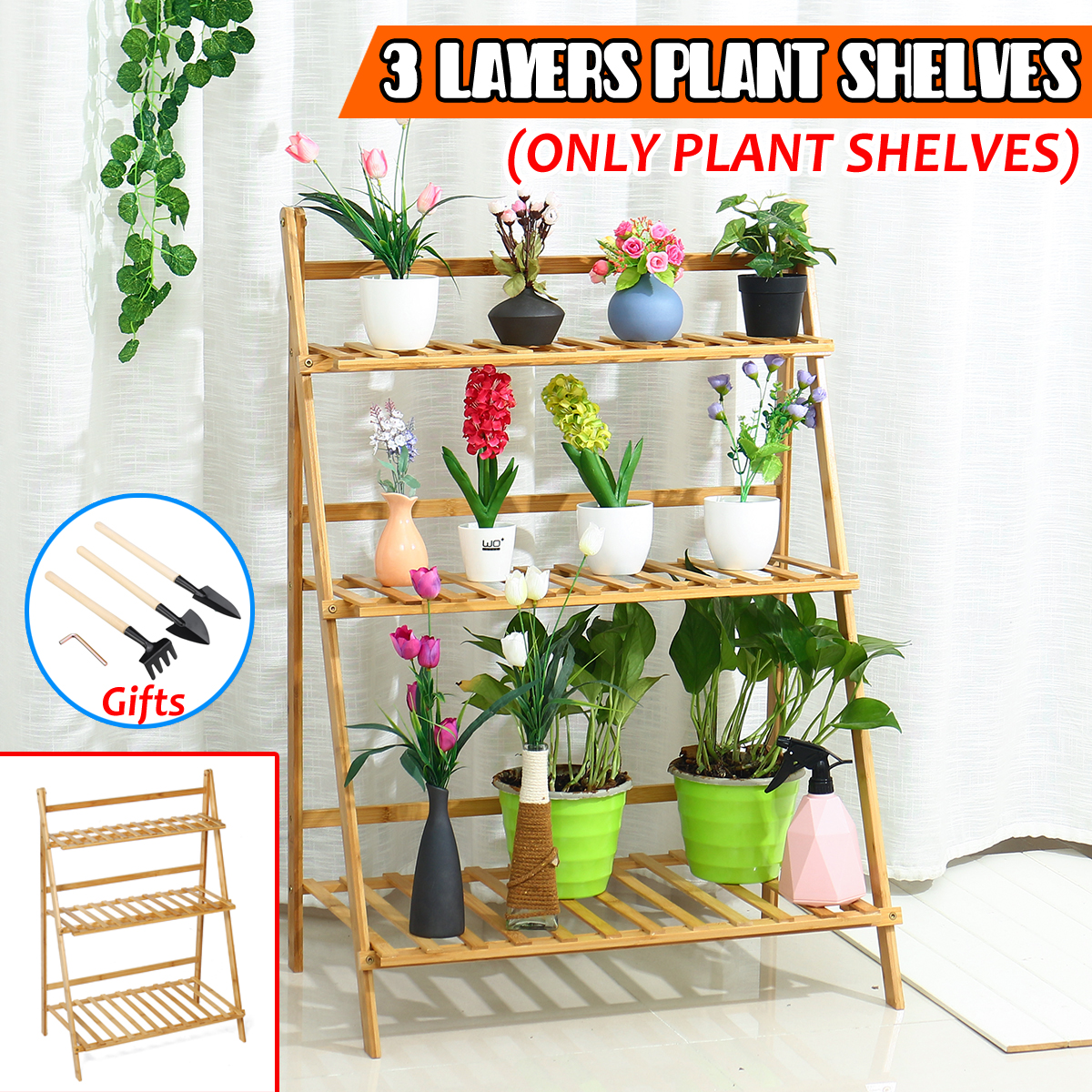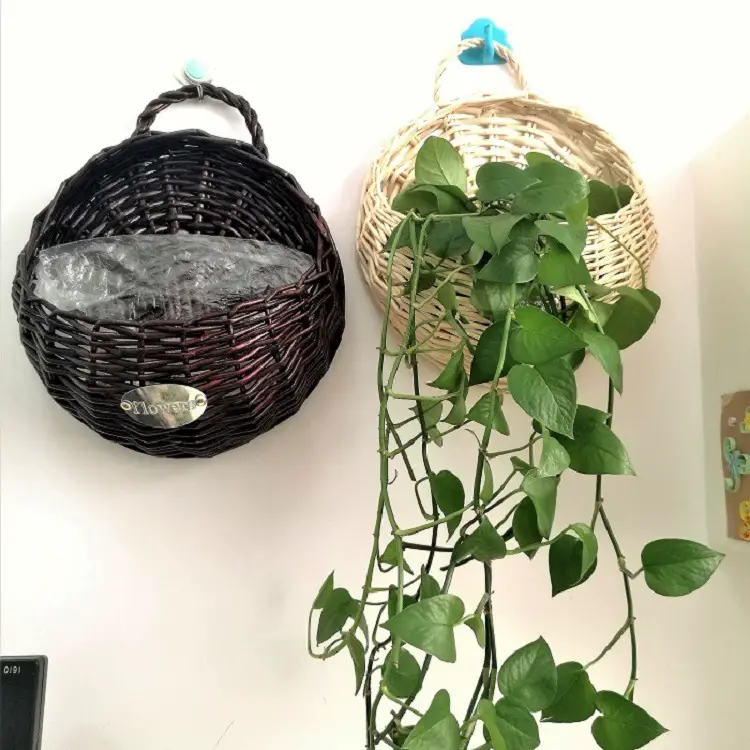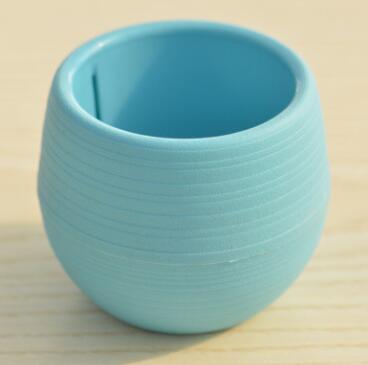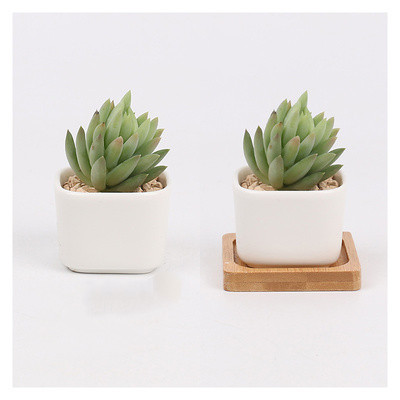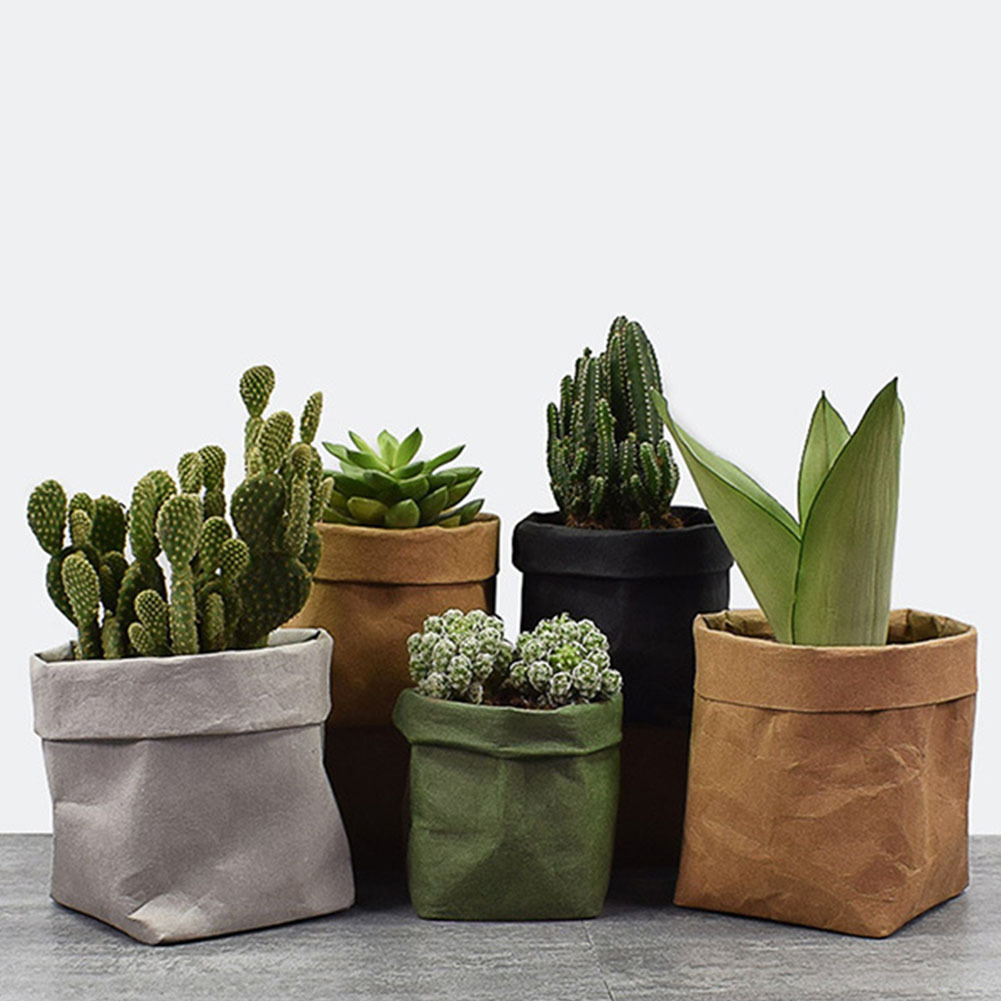Container Gardening Tips for Every Season
Container gardening offers a versatile and adaptable way for plant enthusiasts to cultivate a wide range of plants in various environments, from sprawling backyards to compact urban apartments. As each season presents unique challenges and opportunities, understanding how to plant, nurture, and sustain your garden throughout the year can lead to a fulfilling and fruitful gardening experience. This comprehensive guide delves into practical container gardening tips tailored to each season, ensuring that you maximize your efforts and enjoy vibrant plants year-round.
Spring: A Season of Renewal and Growth
Spring marks the beginning of the gardening year, characterized by new growth and revitalization. As temperatures rise and daylight extends, plants awaken from their winter dormancy, making it the perfect time to kickstart your container garden.
Selecting the Right Containers
Starting with the right containers is crucial in spring. Opt for containers with adequate drainage holes to prevent root rot and promote healthy growth. Materials such as terracotta, plastic, or ceramic can be selected based on your aesthetic preferences and local climate conditions. Ensure the containers are large enough to accommodate root growth.
Soil Preparation
Healthy soil is the foundation of any successful garden. For container gardening, select high-quality potting soil that retains moisture yet provides adequate drainage and aeration. Incorporate organic matter like compost or well-rotted manure to enrich the soil, providing the necessary nutrients for robust plant growth.
Seed Starting Indoors
Utilizing the longer days and increasing temperatures, spring is an excellent time to start seeds indoors. This gives young plants a head start before they are transitioned to outdoor conditions. Consider growing tomatoes in your home as part of your indoor plant collection. Select a variety suited for container growth and start seeds in biodegradable pots or trays filled with seed-starting mix.
Transplanting and Fertilizing
As seedlings mature and outdoor temperatures stabilize, gradually acclimate them to outdoor conditions through a process called hardening off. Once transplanted into larger containers, apply a slow-release fertilizer to provide essential nutrients throughout the growing season.
Summer: Embracing the Heat and Sunshine
Summer brings heat and abundant sunlight, conditions under which many plants thrive. However, maintaining adequate water levels and preventing heat stress are crucial for successful container gardening during this period.
Watering Wisely
Due to increased evaporation rates during summer, containers may require more frequent watering. Implementing slow drip irrigation systems can be incredibly beneficial for maintaining consistent soil moisture levels while conserving water. These systems deliver water directly to the plant’s roots gradually, reducing the risk of overwatering and supporting optimal plant health.
Managing Sun Exposure
Most plants benefit from the abundant sunlight in summer. However, excessive sun exposure can lead to leaf burn and dehydration. Position containers where they receive morning sun and afternoon shade, or use shade cloths to regulate sunlight intensity. Pay attention to the specific light requirements of each plant species.
Pest Management
Warm weather can also invite unwanted pests. Regularly inspect plants for signs of infestation, such as discolored leaves or holes. Employ organic pest control solutions like neem oil or insecticidal soap to combat pests without harming beneficial insects or the environment.
Autumn: Preparing for the Cooler Months
As temperatures begin to drop, focus shifts toward maintaining your container garden’s vitality and preparing for the upcoming cold months.
Harvesting and Pruning
Autumn is an ideal time to harvest mature plants and prune excess foliage. This not only reduces the burden of maintaining overgrown plants but also encourages healthy, new growth. Consider harvesting herbs, vegetables, and flowers to enjoy during the winter months.
Transitioning Indoor Plants
Evaluate your container plants and identify those suited to indoor environments. Bringing plants inside protects them from frost and extends their lifespan. Benefits of using slow drip irrigation for indoor plants include reduced water waste and lower risk of root diseases. These systems can be adapted for indoor use to maintain consistent moisture levels.
Soil and Container Maintenance
After the growing cycle, container soil may be depleted of nutrients. Refreshing the soil by adding organic amendments like compost can rejuvenate it for the next season. Additionally, clean containers thoroughly to prevent the spread of disease and ensure a fresh start next spring.
Winter: Nurturing Dormancy and Indoor Gardening
Winter poses challenges such as reduced sunlight, lower temperatures, and limited growth activity. However, it is a crucial period of rest and preparation for the coming spring.
Creating a Cozy Indoor Oasis
For those in colder climates, indoor gardening becomes a focal point in winter. Embrace this time to cultivate plants that thrive indoors, such as herbs, leafy greens, and even certain fruit-bearing plants. Growing tomatoes in your home can be particularly rewarding; choose dwarf or determinate varieties that require less space and are suited to container growth.
Maintaining Light Conditions
Indoor light levels are typically lower in winter. To compensate, position plants near south-facing windows where they can receive ample natural light. When sunlight is insufficient, supplement with grow lights that mimic natural light conditions, promoting healthy growth and preventing legginess.
Watering and Fertilization
The reduced growth rate in winter means plants require less water and nutrients. Allow the top inch of soil to dry out between waterings to prevent overwatering. Use half-strength fertilizer every few weeks to provide vital nutrients without overwhelming the plant.
Planning for the Coming Spring
Use the winter months to plan and develop a planting strategy for the upcoming spring. Consider the successes and challenges of the previous year, and research new plants or techniques to incorporate into your container garden. This foresight sets the stage for an exciting and productive gardening season ahead.
Conclusion
Container gardening offers an array of opportunities and advantages, regardless of the space or climate you are working with. From the initial anticipation and planning in spring to the maintenance and reflection in winter, container gardening is a year-round endeavor that can be both fulfilling and productive. By implementing seasonal strategies and employing techniques such as slow drip irrigation and selective indoor plant cultivation, you can create a thriving garden environment through every season of the year. Whether you’re growing tomatoes in your home or tending to a lush outdoor oasis, these tips will guide you to successful and enjoyable container gardening.


